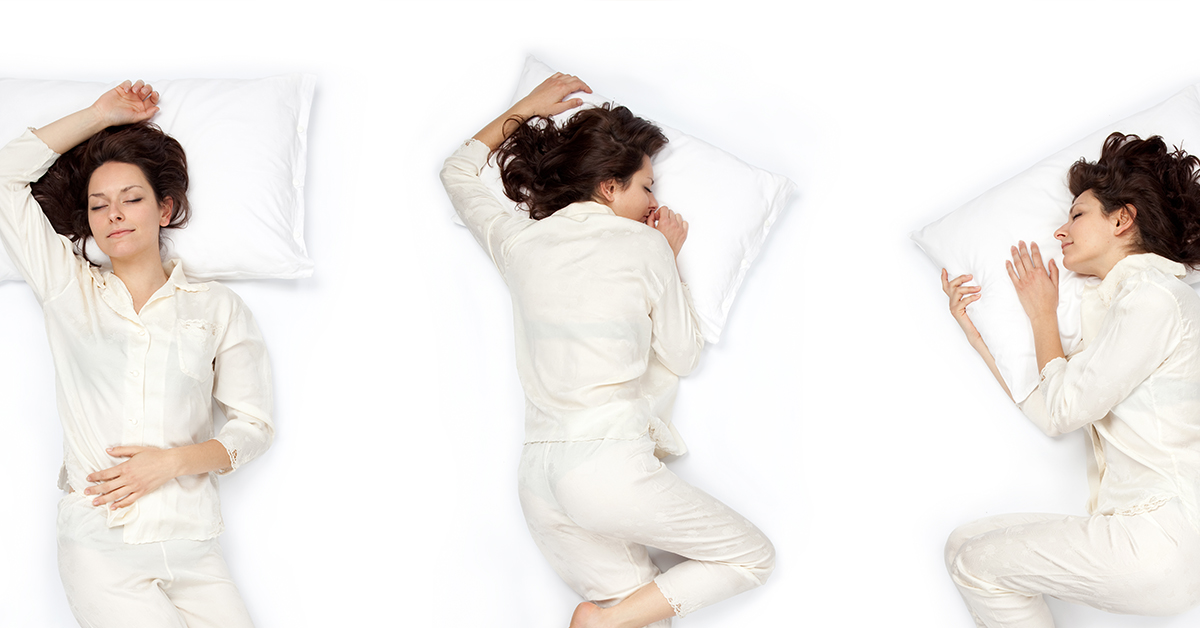
Best Sleeping Positions for Neck and Back Pain
Neck and back pain can be anything from mild discomfort to extremely debilitating. What's worse is neck and back pain can be at their worst when you are simply trying to get a good night's sleep. Your sleeping position, mattress, and pillow can all affect your neck and back pain, by helping to reduce your symptoms, or by making them worse. Read on to learn more about sleeping positions that generally help people who suffer from neck and back pain.
Sleeping Positions for Neck Pain
Maintaining a neutral neck position is usually your best option for reducing neck pain from sleeping positions. That means sleeping on your stomach is a no-no as it usually requires you to turn your neck almost 90 degrees so you can breathe. The best sleeping positions for neck pain are usually side sleeping or sleeping on your back. You'll also want your pillow to be the right thickness such that it doesn't cause you to bend your head too far forward if you're sleeping on your back or too far to one side if you're sleeping on your side.
Some additional tips for sleeping positions and reducing neck pain include:
- If you're sleeping on your side, adjust or get a new pillow such that your nose aligns with the center of your body, i.e., don't have your head leaning too far to one side.
- If you are a stomach sleeper, consider investing in a special pillow (or use a rolled up towel) that allows you to breathe while facing forward. This will help reduce twisting and strain on your neck.
- If you sleep in a seated position, such as in a recline, try using a neck pillow to prevent your head from leaning too far to one side or from bobbing forward.
Sleeping Positions for Back Pain
Sleeping tips for back pain are similar as those for neck pain. Your best bet is usually sleeping on your back or on your side. These sleeping positions will help to keep a neutral spine position and allow the support of the natural curve of your spine.
Sleeping positions that will help to reduce or eliminate back pain include:
- When sleeping on your side, place a pillow between your knees. The pillow will help to keep your spine, hips, and pelvis all in better alignment.
- Try placing a pillow underneath your knees if you are sleeping on your back.
- If you do decide to sleep on your stomach, try placing a pillow under your abdomen. This pillow placement can help by relieving stress caused by degenerative disc disease.
Listen to What Your Body Is Telling You
Make note of what position you fall asleep and wake up in. Pain is your body's way of telling you that something is wrong. If you notice that you're experiencing more pain in one sleeping position, try switching it up to one of the above recommended sleeping positions.

